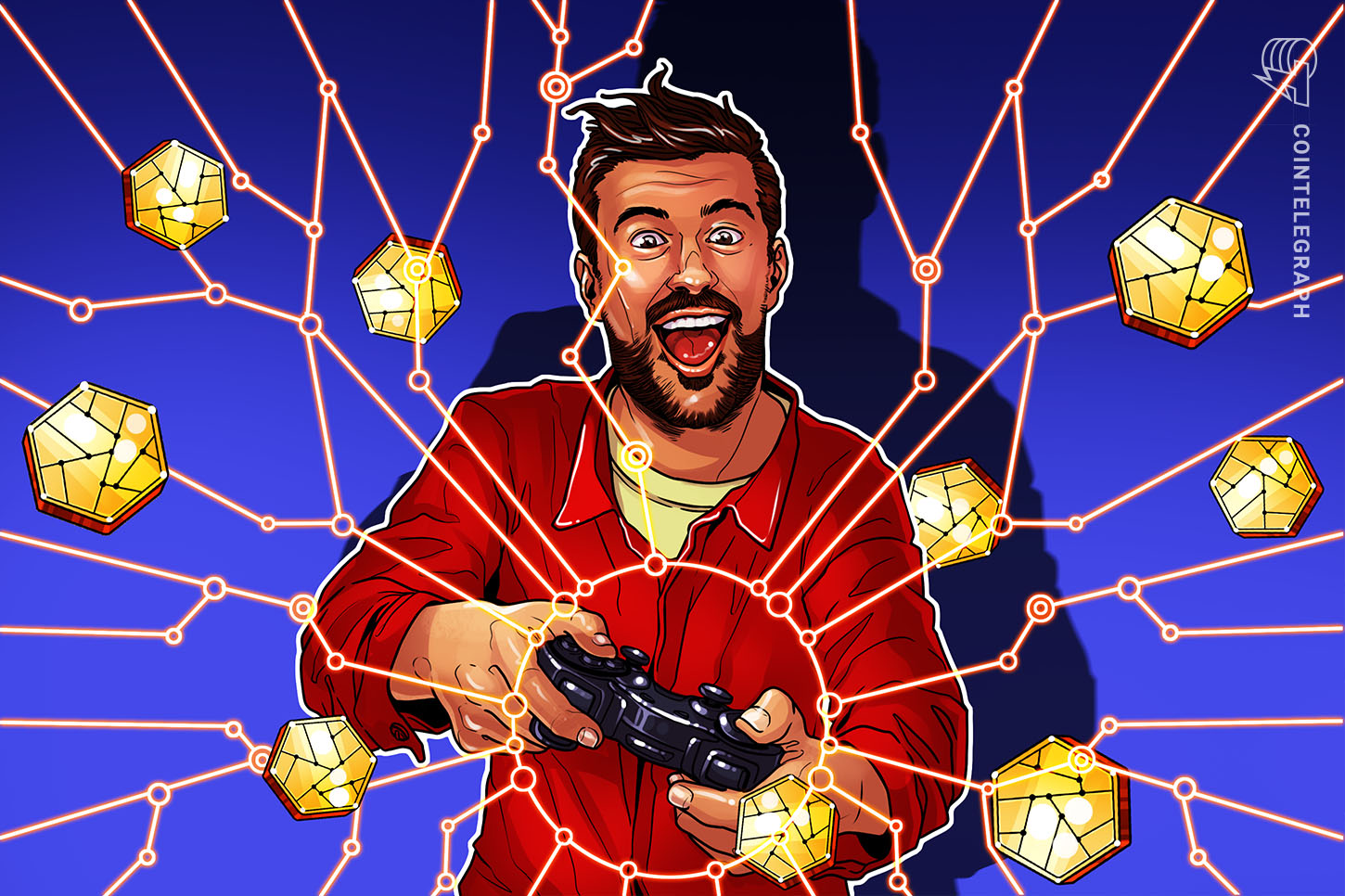From the massive fall of Bitcoin’s (BTC) price to the collapse of crypto exchange FTX, 2022 was full of upheaval for the blockchain industry. But the
From the massive fall of Bitcoin’s (BTC) price to the collapse of crypto exchange FTX, 2022 was full of upheaval for the blockchain industry. But the blockchain community has always been resilient, finding new ways to develop in the most challenging times.
A striking example of optimism and growth is the development of the GameFi industry, which combines gaming, decentralized finance (DeFi), nonfungible tokens (NFTs) and the metaverse.
In 2021, GameFi became a growth leader in the crypto space, with successful projects like Gala Games, Decentraland, The Sandbox and Axie Infinity.
The GameFi sector has continued to develop, attracting more and more investment. In 2022, the volume of venture investments in Web3 games and the metaverse amounted to $7.6 billion. Some analysts predict a valuation of $2.8 billion for the GameFi sector by 2028.
However, a sudden influx of investors in this growing sector has also resulted in many low-quality games suffering from poor in-game economics, as well as monotonous and underdeveloped gameplay.
How can a gamer looking for a good project find the right one? Cointelegraph has found several GameFi analytics resources to help potential gamers weigh the pros and cons of each platform.
DappRadar
DappRadar is one of the most popular decentralized application (DApp) analytics services. Founded in 2018, it provides statistics on DeFi, GameFi and NFTs. The platform has data for over 2,000 NFT games.
Pros
One of the most popular features of DappRadar is located in the “rankings” tab, which allows users to rank several DApps related to GameFi, DeFi projects, gambling, exchanges, NFT collections, marketplaces, social networks and different blockchains. DApps are ranked according to criteria such as the number of unique active wallets (UAW), number of transactions, transaction volume and the total balance of funds in the smart contract.

The page of an individual project contains its rating, tags and links to social networks, as well as its description. In the middle of the page, standard indicators (UAW, number of transactions, volume, balance) are displayed in addition to a graph of changes for different periods.
General statistics on DApps can be obtained in the “Industry Overview” tab after selecting the period, category and protocol. DappRadar also periodically publishes analytical notes, which are located in the “Reports” and “Blog” sections.
Recent: Could NFTs and crypto help Japan’s ‘Cool Japan’ strategy?
There are two additional options for NFTs. First is the NFT Explorer, in which users can sort not only the general list of collections, but also the NFTs of an individual collection and even a general gallery of NFTs from different collections. The page for an individual NFT shows its name, owner, minimum price, last sale price, blockchain, NFT metadata and trading history. A second option is the NFT Value Estimator, which displays the expected price of an NFT based on current and past price performance.

For game developers, DappRadar has a “Developers” section where game founders can promote a new product through advertising campaigns and other marketing techniques.
Cons
The wealth of information provided for each project could prove difficult to navigate for newcomers who may only want basic information about a project.
Another disadvantage of the platform is that, for a long time, the selection of NFT games was limited to those on the Ethereum blockchain, while projects on other blockchains were not taken into account.
The situation improved this year when the site increased the number of monitored blockchains from three to 48. Considerable funds have also been allocated for the development of new technical solutions.
Dapp.com
Dapp.com is the world’s largest DApp distribution platform. Dapp.com lists over 8,000 DApps built on more than 20 blockchains like Ethereum, EOS, TRON, Steem, TomoChain, IOST, Stacks and others. The platform showcases DApps based on data analytics, community feedback and user comments.
Pros
The platform has a built-in wallet called DappStoreWallet so that users can easily access and use DApps associated with various blockchains.
The ecosystem of the project is powered by Dapp Token (DAPPT). Token holders are able to participate in voting on the platform, launch projects on the platform through staking, and more.
The platform has a “Market Report” section where users can view quarterly reports in various areas, including games.
The advantages of the platform include a simple interface and navigation, where users can view game ratings according to various criteria — for example, by increasing or decreasing prices for tokens, by user reviews, or by level of risk.

Users of the platform can not only see the ratings of NFT projects themselves, but also read general news about NFT projects.
Cons
For an inexperienced user, it is almost impossible to find the…
cointelegraph.com
